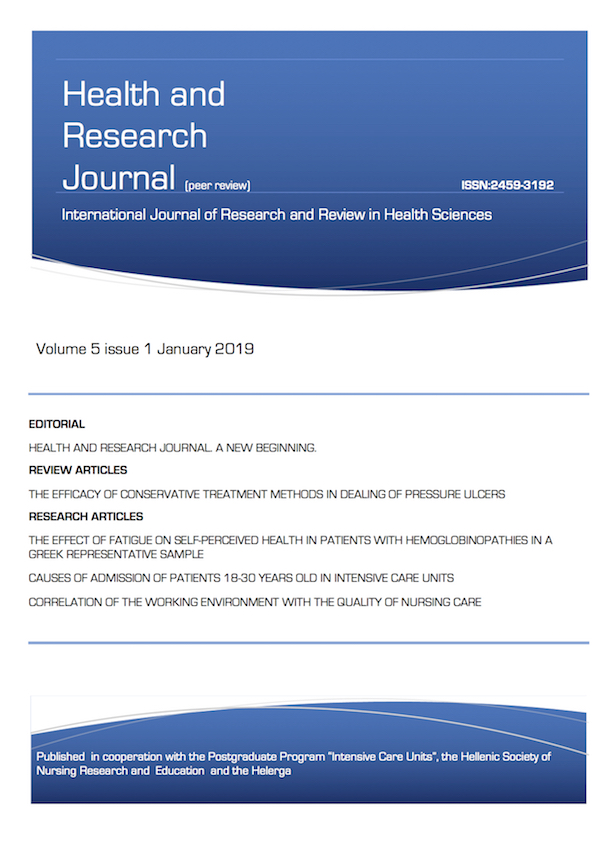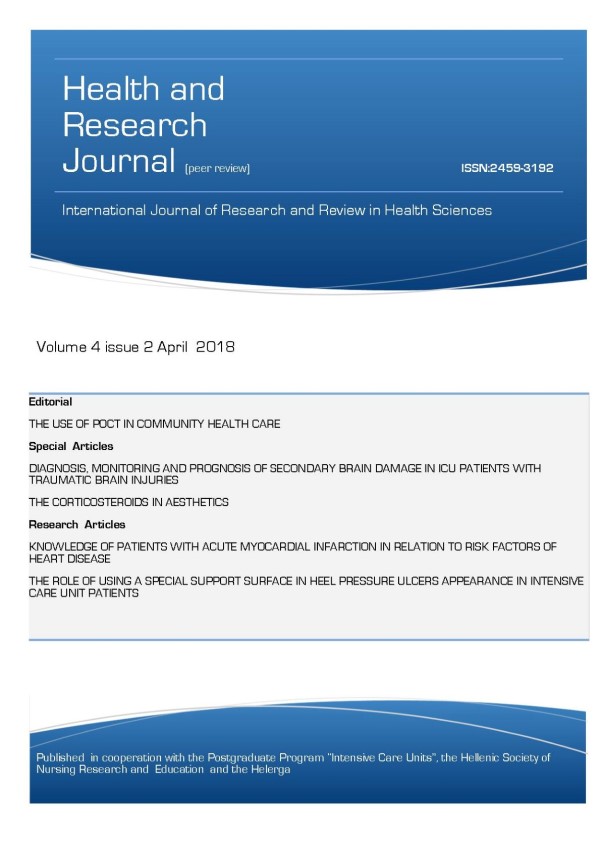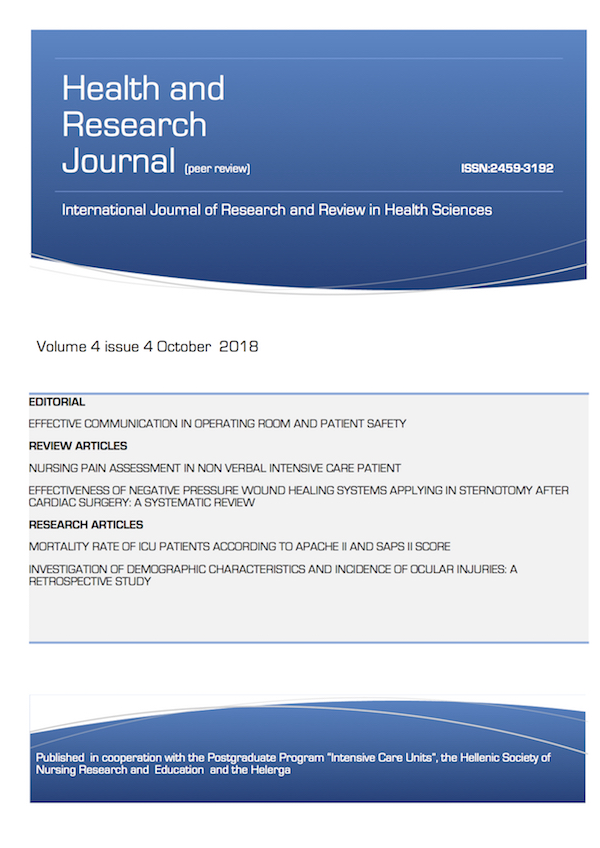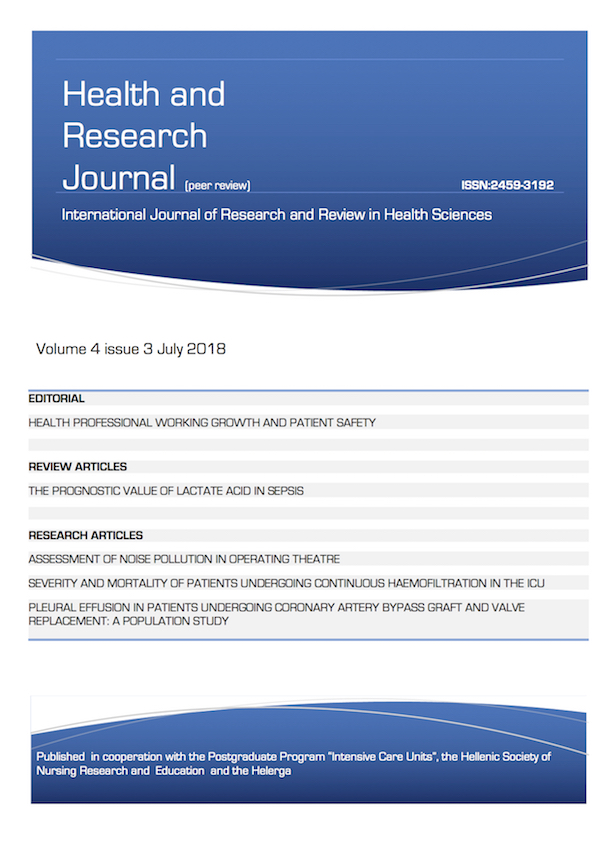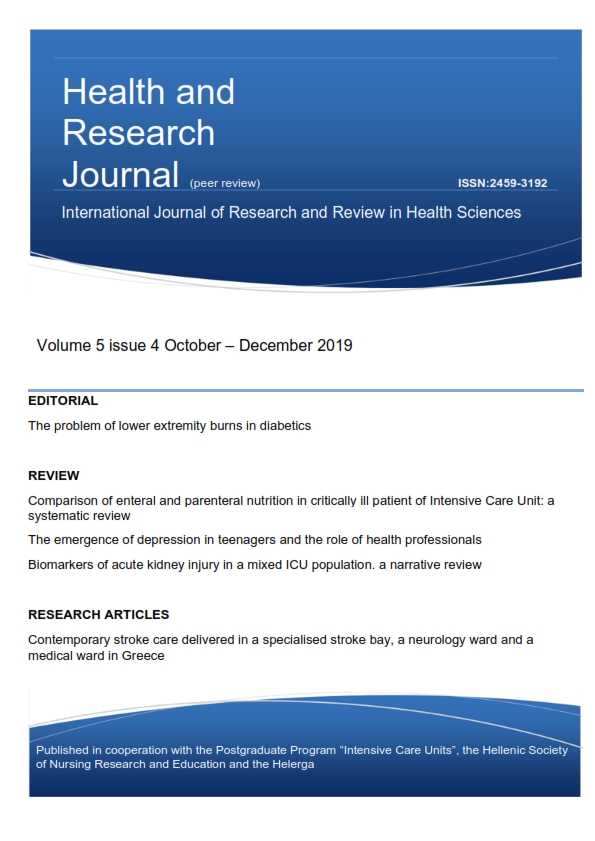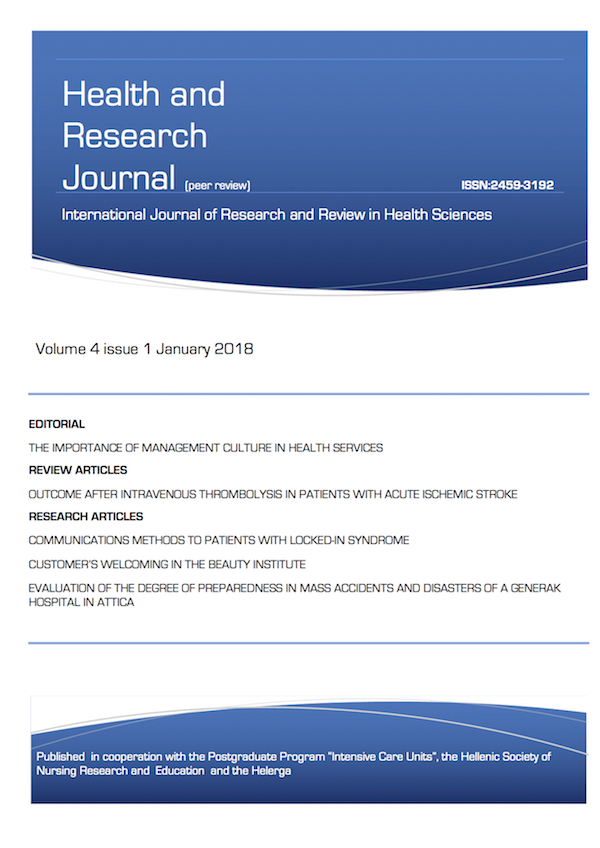Pressure ulcers and support surfaces

Abstract
In health area pressure ulcers remain until today a major problem, especially in critically ill patients in whom the incidence is increasing due to their prolonged detention. An important part in the appearance of pressure sores is prevention. Prevention can be achieved in several ways such as by changing patient position or using specialized support surfaces which reduce the pressure in the areas most commonly created the pressure sores. Equally important part in pressure sores problem is manage the problem and it can mainly achieved by the use of specific pads or the use of new, alternative methods to help them heal faster. The support surface is a specialized pressure redistribution device (pressure redistribution) which is designed to support tissue, and/or other therapeutic functions. The optimal supportive surface relieves the pressure, the fragmentation and friction and maintains a constant temperature in the human body. Such a supportive surface redistributes body weight on a possibly largest surface of the body, thereby reducing the pressure at specific parts of the body and therefore tissue damage is prevented.
Article Details
- How to Cite
-
Labro, L., Margazi, O., Marouli, G., & Vasilopoulos, G. (2016). Pressure ulcers and support surfaces. Health & Research Journal, 2(2), 94–106. https://doi.org/10.12681/healthresj.19810
- Section
- Special Articles
Copyright notice:
The journal "Health and Research Journal" reserves the rights for copyright of the content of the website and also the copyright of the articles published.
By virtue of their appearance in this journal, the articles are free to be used for non-commercial purposes. However, the articles cannot and must not be used in anyway, published elsewhere or modified without any reference to the author and the first publication of the article.



